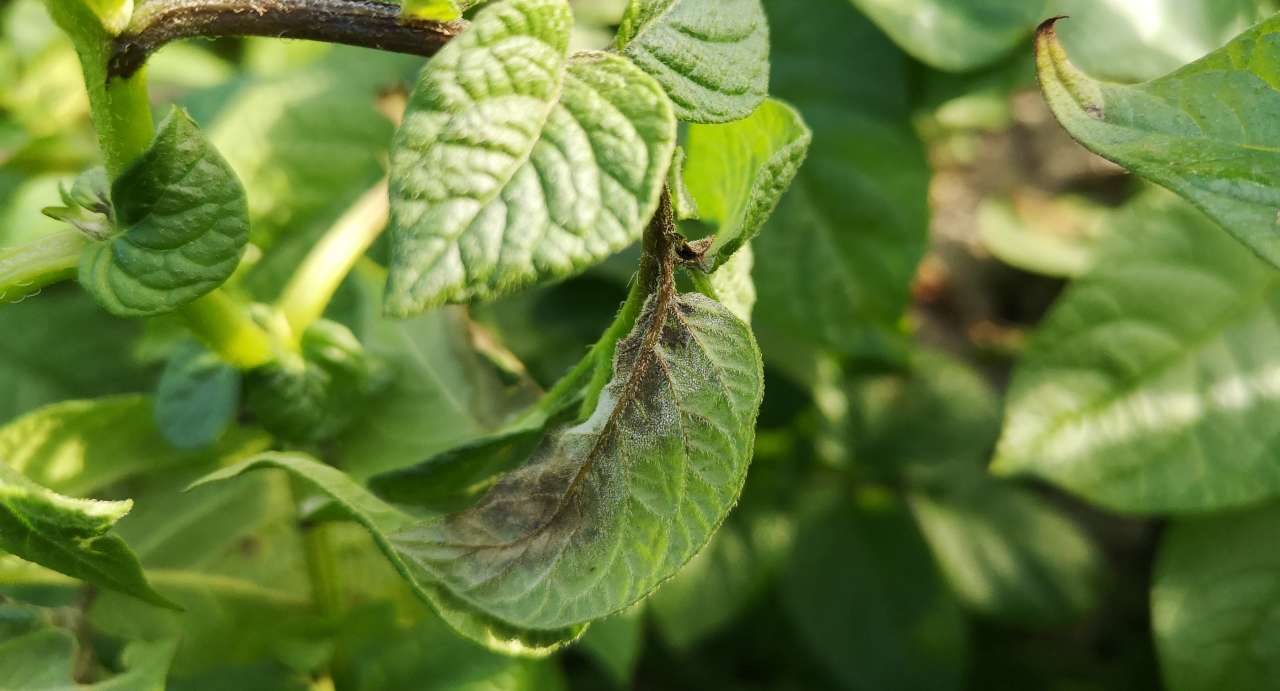Division of Biotechnology and Plant Health
DivGene - Diversity analyses of key genes involved in interaction between potato and Phytophthora infestans

End: apr 2024
Start: sep 2020
A main objective of the project is to improve our understanding of interaction and co-evolution of host and pathogen using potato (Solanum tuberosum L.) and its economically most important pathogen, Phytophthora infestans (Mont.) de Bary, as a model. Our main hypothesis is that co-evolution of potato and P. infestans in agroecosystems is based on diversity of the resistance genes present in the cultivated potatoes and effector genes present in the pathogen populations.
| Start - end date | 11.09.2020 - 30.04.2024 |
| Project manager | Jadwiga Śliwka, Instytutu Hodowali i Aklimatyzacji Roslin |
| Project manager at Nibio | May Bente Brurberg |
| Division | Division of Biotechnology and Plant Health |
| Department | Molecular Plant Biology |
The resistance provided by the resistance (R) genes is usually high but specific for the pathogen race. The R proteins recognize directly or indirectly avirulence proteins (effectors) of the pathogen, and switch on a variety of defense responses, including cell death (hypersensitive reaction).
The other important group of genes that will be studied within the project is the genes encoding effectors that are secreted by the pathogen and that manipulate the host cell structure and function to enable infection. These genes are located in transposon- and tandem repeat-rich regions of the genome, where very few other genes are located. In such regions, the mutation and non-homologous recombination rates are high, thus generating high diversity that results in an evolutionary advantage for P. infestans.
Once an R gene is evolved, it will exert a strong selection pressure that promotes mutated forms of the corresponding effector gene. How effectors manipulate the host defense or cell structure is only known for a few of many hundred effector genes found in the genome of P. infestans. In most cases the way that effectors evade recognition by R proteins is unknown, but it may be by switching off transcription, point mutations, truncated variants, or presence of the recognition suppressors. The diversity of effectors is potentially very high, which is crucial for the interactions with host plants. However, diversity studies so far have been limited to very few isolates of the pathogen.
DivGene objectives include large scale analyses of the diversity of the potato R genes conveying resistance against P. infestans and of the effector genes of P. infestans populations from Poland and Norway. We plan to use amplicon sequencing (AmpSeq), a relatively new high-throughput sequencing approach based on Illumina MiSeq that allows sequencing of multiple targets in many samples from large institute collections of P. infestans isolates and potato cultivars.
The results of the AmpSeq-based diversity studies will be complemented with phytopathological tests in which host resistance and pathogen virulence and aggressiveness will be verified and linked to the sequence diversity of the studied genes. We will also perform an expression study of the chosen host and pathogen genes at selected time points during the interaction.
